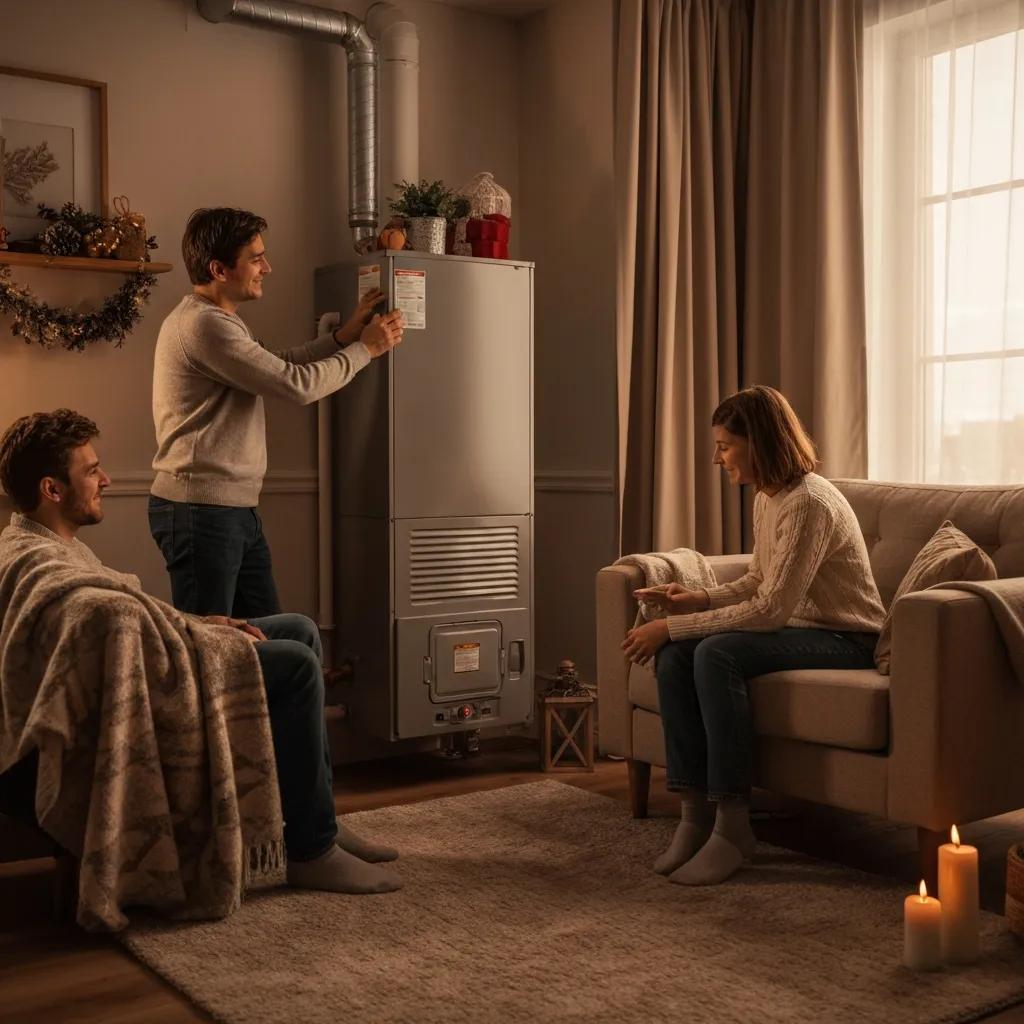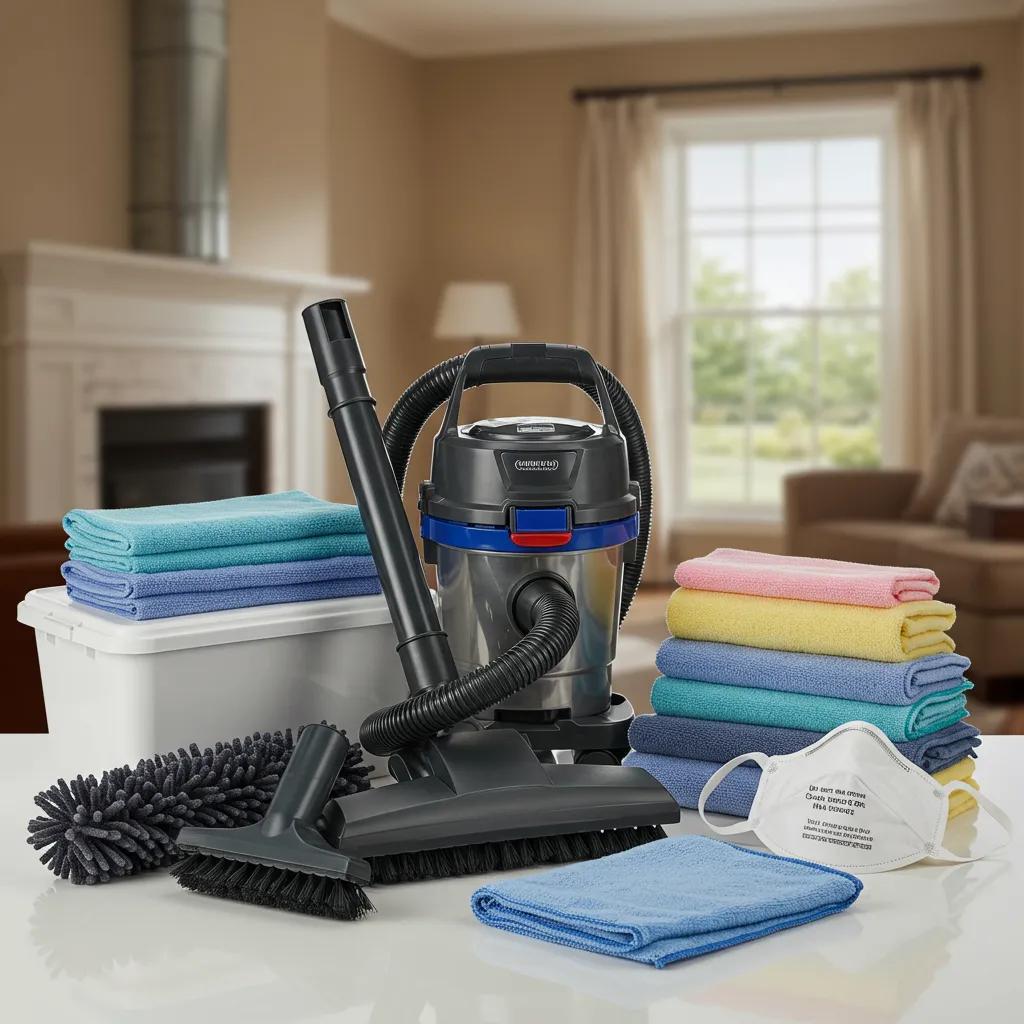Get Your Furnace Ready for Winter: A Practical Checklist and Tune‑Up Guide for Northern Utah
Get Your Furnace Ready for Winter: A Practical Checklist and Tune‑Up Guide for Northern Utah

Winter in Northern Utah means long, cold stretches—so preparing your furnace now keeps your home safe and warm and helps avoid expensive breakdowns later. This guide walks homeowners in Brigham City, Ogden, Logan, and the surrounding area through a focused pre‑winter routine: simple DIY checks, ways to spot early trouble, and clear guidance on when to call a pro. You’ll find safety priorities like reducing carbon monoxide risk, efficiency tips like filter and thermostat care, and short explanations of key parts such as the heat exchanger and blower motor. We lay out a step‑by‑step homeowner checklist, tell you when to book an annual tune‑up, explain what an 88‑point inspection covers, and when to request priority or emergency service.
Why preparing your furnace now matters
Getting your furnace ready before the cold hits lowers safety risks, improves efficiency, and cuts the chance of emergency repairs when service demand is highest. Simple pre‑season tasks you can do at home—like changing filters and clearing vents—help airflow and reduce stress on the blower motor. A professional inspection catches safety issues you can’t see, such as a cracked heat exchanger. In Northern Utah, longer run times magnify wear and inefficiency, so a little preparation now saves energy, avoids surprises, and keeps your system running longer.
How pre‑winter work protects your family
Prepping your furnace reduces risks like carbon monoxide exposure, fire hazards, and sudden failure. Cleaning combustion paths and checking venting lowers the chance of incomplete combustion; clearing the area around the unit removes fire fuel. In places like Brigham City and Ogden, where cold snaps can make the furnace run continuously, finding problems early prevents long periods of unsafe operation. Regular homeowner checks plus timely professional reviews add up to measurable safety benefits for families through the long heating season.
How maintenance improves efficiency and lowers bills
ar vents and registers so airflow isn’t blocked—move rugs or furniture away from return grilles and vacuum vents. If rooms stay unevenly warm, duct sealing or a professional balance check may be needed.
When to schedule a professional furnace tune‑up
We recommend an annual professional tune‑up before the cold season to verify safe combustion, confirm airflow, and catch wear before it causes mid‑winter breakdowns. A pre‑season visit lets technicians perform safety checks and tune performance before heavy use—especially important in Northern Utah, where run times rise. Call right away if you notice odd noises, persistent odors, uneven heating, or a carbon monoxide alarm. The short table
Routine maintenance restores proper airflow, keeps burners and ignition systems clean, and ensures controls are calibrated so your furnace runs only as long as needed. Clean filters reduce resistance and lower the blower motor’s electrical draw; a well‑calibrated thermostat prevents overshoot and cuts run time. Over a season, those small gains add up to real energy savings and fewer part failures—components under less strain simply last longer. Focus on filter changes, thermostat checks, and sealing ducts for the biggest seasonal impact.
Your complete DIY pre‑winter checklist
A clear checklist helps you tackle safe, effective pre‑winter tasks that boost comfort and reveal issues needing a pro. Work carefully, and if you smell fuel, detect exhaust odors, or see signs of combustion problems, stop and call for professional help. These steps focus on airflow, controls, and simple visual checks that reduce common failure modes and support reliable heating through Northern Utah’s cold months.
How to change furnace filters — and why it matters
Replacing filters restores airflow, prevents dust buildup on the heat exchanger and blower, and improves indoor air quality during extended heating. To change a filter: find the filter slot, turn off power at the thermostat or switch, pull out the old filter noting the airflow arrow, then insert a correctly rated replacement and restore power. Disposable filters generally need changing every 1–3 months, depending on use, while pleated filters trap more particles but should still be checked regularly. Proper filter care eases strain on the system and supports better efficiency.
Testing the thermostat and clearing vents
Test the thermostat to confirm it calls for heat and that batteries or power are healthy so your furnace responds when temperatures drop. Set it to heat, raise the setpoint to start a cycle, listen for ignition, and feel for warm air at the vents. If the furnace won’t start or cycles erratically, check batteries and wiring or call a technician. Cle below shows which checks homeowners can safely do and which require a pro’s tools and training.
Homeowners can handle routine upkeep, while professionals perform safety and performance checks that need special tools. Booking a tune‑up before peak cold improves reliability and helps you avoid emergency callouts when demand is high.
What an 88‑point furnace inspection covers
An 88‑point inspection is a thorough preventive visit that combines safety checks, performance tuning, and basic service items. Representative tasks include a heat exchanger visual check for cracks, burner and ignition cleaning, airflow verification, electrical connection inspections, and control tests. Technicians also check venting and run combustion analysis to spot CO risks. This level of inspection catches worn parts early and verifies safety‑critical systems homeowners can’t check safely—giving Northern Utah families confidence before long heating runs begin.
How a professional tune‑up extends life and improves safety
A professional tune‑up reduces stress on parts through cleaning, lubrication, calibration, and replacing worn items before they fail. Detecting issues early—like motor wear, loose electricals, or ignition problems—prevents damage that can lead to heat exchanger failure or total system breakdown. Proper documentation supports warranty needs and resale value, while performance tuning lowers runtime and energy waste. Regular professional care turns small, predictable costs into avoided emergencies and a longer‑lasting system.
Key furnace components to check before winter
Knowing the main furnace parts helps you spot problems early and speak clearly with technicians. Watch the heat exchanger, blower motor, ignition and burners, thermostat and controls, and the ductwork that moves air through your home. Each affects safety, efficiency, and comfort: the heat exchanger transfers combustion heat, the blower moves air, and ducts control distribution. When any of these struggle, system performance drops and risk rises—so you’ll know which issues are DIY and which need a pro.
Why the heat exchanger matters for safety
The heat exchanger transfers combustion heat to your home’s air while keeping combustion gases separate. Cracks can let carbon monoxide and other byproducts into living spaces. Detecting exchanger failure usually requires professional tools—visual inspection, combustion testing, and pressure checks—because warning signs can be subtle: sooty buildup, odd smells, or CO alarm activation are red flags. If you see reduced heating, unexplained CO events, or strong combustion odors, stop using the furnace and call a technician right away.
Blower motor maintenance before winter
The blower motor needs cleaning, lubrication where applicable, belt inspection, and checks for vibration or unusual noise that suggests bearing wear. Homeowners can keep accessible parts free of dust and make sure the blower area is clear, but motor testing (amp draw, balance, electrical diagnostics) is best left to a pro. Replacing worn belts or addressing strange sounds early prevents inefficiency and costly motor failures during high‑use periods. Watching blower performance helps avoid airflow problems and supports overall efficiency.
Keeping your home safe during Northern Utah winters
Furnace safety here focuses on carbon monoxide detection, keeping required clearances, and having an emergency plan plus reliable service access during storms or extended cold. Install and test CO detectors on every level and near bedrooms, maintain a clear area around the furnace, and don’t store combustibles by the unit. Keep a list of warning signs and know local 24/7 emergency service options if problems occur overnight. Preparing these measures now strengthens your household’s resilience against the most serious heating hazards.
Why carbon monoxide detectors are essential
CO detectors alert you to the invisible and odorless danger of incomplete combustion or a leaking heat exchanger, giving you time to evacuate and get help. Place detectors near sleeping areas and on each floor, test them regularly, and change batteries per the manufacturer. If an alarm sounds, get everyone outside immediately and call for help. Symptoms of CO exposure—headache, dizziness, nausea—require urgent action. Detectors are a low‑cost, lifesaving layer of protection tied directly to furnace safety.
Fire‑prevention tips around your furnace
Keep at least three feet of clearance around the furnace, don’t store flammable liquids nearby, and keep the area tidy and accessible for service or emergencies. Look for hot or discolored electrical connections and make sure vents and flues are clear so heat and combustion gases can exit safely. Schedule routine professional inspections that include electrical and venting checks—technicians can spot risks homeowners might miss. These habits reduce fire risk and support safer long‑term operation.
What Your Comfort HVAC’s winter maintenance plan includes
Our winter maintenance plan is built for Northern Utah homes. It combines a thorough professional inspection with member perks like priority scheduling and repair discounts. The plan centers on an 88‑point HVAC and plumbing inspection to find safety and performance issues before they turn into emergencies, includes filter replacement during visits, and provides documented service records that help with warranties and resale. Members get faster booking during peak season, discounts on qualifying repairs, and access to certified technicians and 24/7 emergency response. This preventive approach reduces downtime and often lowers seasonal repair costs through early detection.
How the maintenance plan saves money and speeds service
The plan reduces costs by finding issues early, offering discounted service, and keeping your system running efficiently so utility bills stay lower. Priority scheduling prevents long waits during the winter rush. Member visits include documented checks and filter changes that preserve efficiency and lower seasonal energy use. For homeowners in Brigham City, Ogden, and Logan, the financial and operational benefits combine with peace of mind from certified technicians and 24/7 emergency support.
What affects furnace maintenance costs in our area
Price depends on service type, furnace age, parts needed, and whether the visit is scheduled or an emergency. Major factors include the furnace’s age and model, whether parts like motors or control boards must be replaced, how accessible the unit is, and any after‑hours or travel fees. Older systems typically need more parts and labor. The table below shows common cost drivers so you understand why quotes vary and how preventive care can lower long‑term expenses.
Because multiple factors interact, exact pricing requires a site‑specific estimate. For a local quote or to ask about our winter maintenance plan, contact Your Comfort HVAC. We also provide financing service, call us to arrange service.
- Pre‑winter checks you can do now: Change the furnace filter and test carbon monoxide detectors. Verify the thermostat works and inspect vents for blockages. Clear combustibles away from the furnace and keep the area accessible.
- Warning signs that need a technician: Persistent fuel or exhaust odors, visible soot, or CO alarm activation. Loud or odd mechanical noises, uneven heating, or frequent cycling. Rust, water near the unit, or pilot/ignition failures.
- When to enroll in a maintenance plan: Before your main heating season for priority scheduling. If your furnace is older or needs frequent repairs. If you want documented inspections and discounted service calls.
These lists give practical steps and clear triggers for professional help. Follow them to reduce winter risk and keep your home warm through Northern Utah’s cold months. If anything feels unsafe or beyond DIY checks, contact Your Comfort HVAC to schedule a tune‑up or emergency response.
Conclusion
Preparing your furnace for winter keeps your home safer, more comfortable, and less likely to need costly repairs. Follow the checklist, schedule an annual tune‑up, and reach out if you notice warning signs. Want help getting ready? Contact Comfort HVAC to book an inspection or learn more about our winter maintenance plans—we’re here to keep Northern Utah homes warm and safe.
Customer Testimonials
Read what our satisfied customers have to say about our reliable HVAC services and expert solutions for home comfort and efficiency.







Great Financing Options
We’ve partnered with trusted lenders to offer flexible financing solutions that fit your budget. Whether you’re looking to start a new project or upgrade your home, we make it easy and affordable.Explore your options today and take the next step with confidence.
Blogs


Breathe Easy: HVAC Maintenance Tips for Clean Furnace Vents
.jpeg)








